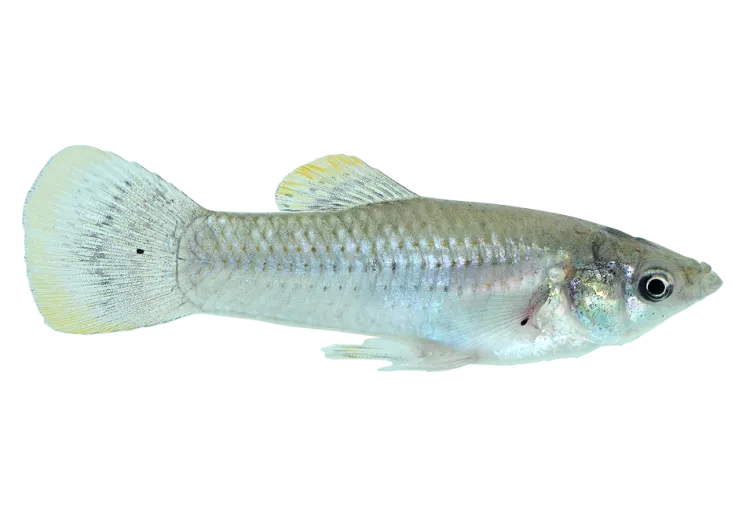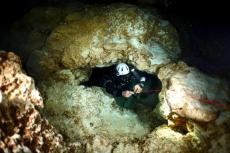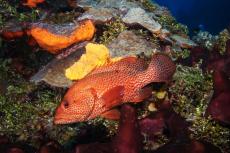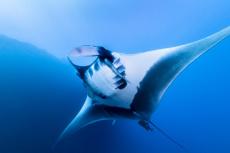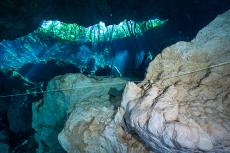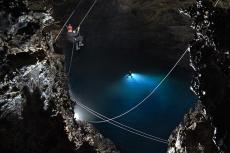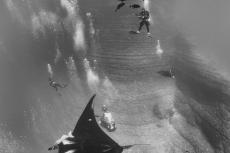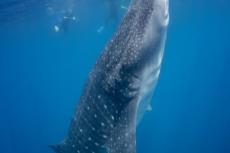Fish evolution by religious selection
A centuries-old religious ceremony of an indigenous people in southern Mexico has led to small evolutionary changes in a local species of fish, according to researchers from Texas A&M University.
For centuries, the Zoque people of southern Mexico would venture each year during the Easter season deep into the sulfuric cave Cueva del Azufre to implore their deities for a bountiful rain season.
As part of the annual ritual, they release into the cave's waters a distinctive, leaf-bound paste made of lime and the ground-up root of the barbasco plant, a natural fish toxin. Believing the cave's fish to be gifts from their gods, they scoop up their poisoned prey to feed upon until their crops are ready to harvest.
Now, a team of researchers led by Dr. Michael Tobler, an evolutionary ecologist at Oklahoma State University, and Dr. Gil Rosenthal, a biology professor at Texas A&M, have discovered that some of these fish have managed not only to develop a resistance to the plant’s powerful toxin, but also to pass on their tolerant genes to their offspring, enabling them to survive in the face of otherwise certain death for their non-evolved brethren.
Atlantic Molly
Tobler has been studying the small, cave-dwelling fish species known as the Atlantic molly (Poecilia mexicana) and its uncanny ability to survive in the toxic sulfuric environment of Cueva del Azufre since 2004.
No more ceremonies
After learning about the Zoque people’s sacred ritual and witnessing the event firsthand in 2007, Tobler and Rosenthal decided to investigate the effects of this peculiar ceremony on the mollies and their habitat. Ironically, it was the last ceremony ever held, as the Zoques ended the practice that year due to political pressure from the government, which sought to preserve the cave as a hotbed for tourism and potential revenue.
“We wanted to do a lab experiment where we exposed fish from different parts of the creek to barbasco,” Tobler said. “Some of these fish had been more exposed than others.”
In March 2010, the team collected molly specimens from two different areas of the cave annually exposed to the barbasco toxin as well as from two different areas upstream, farther away from the Zoque’s ritual. With both groups of fish in a single tank, they then introduced the barbasco root to determine how both groups would react.
They found that the mollies annually exposed to the barbasco indeed were more resistant than the fish farther upstream—to the extent that they were able to swim in the noxious water nearly 50 per cent longer.
- Log in to post comments


